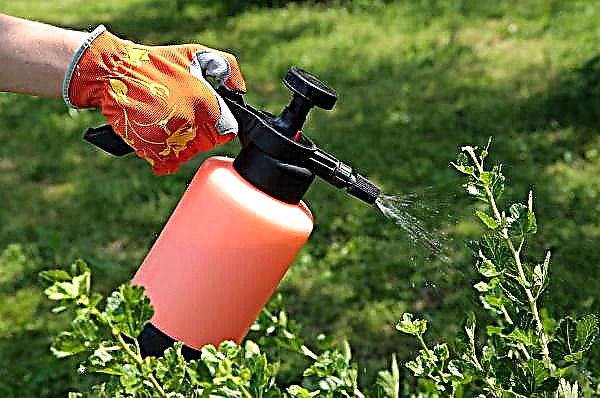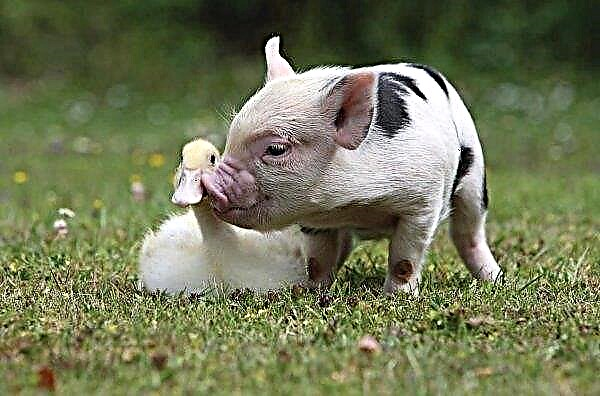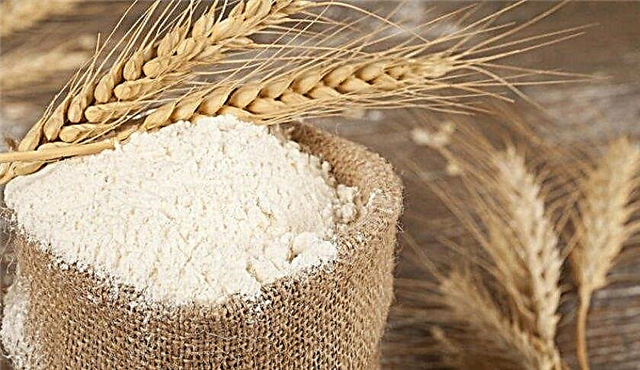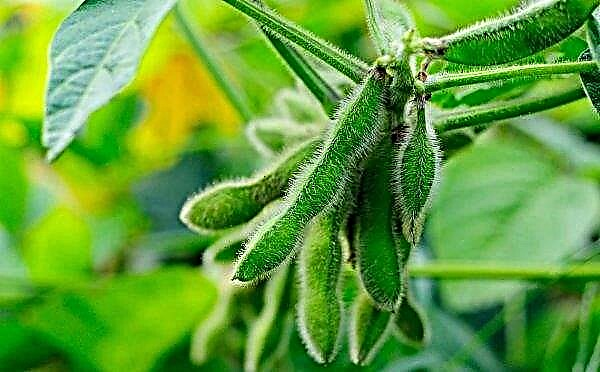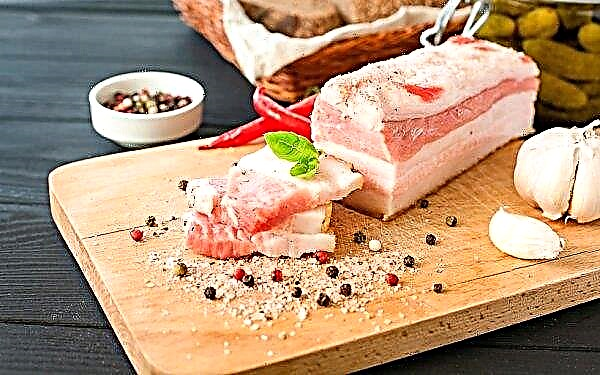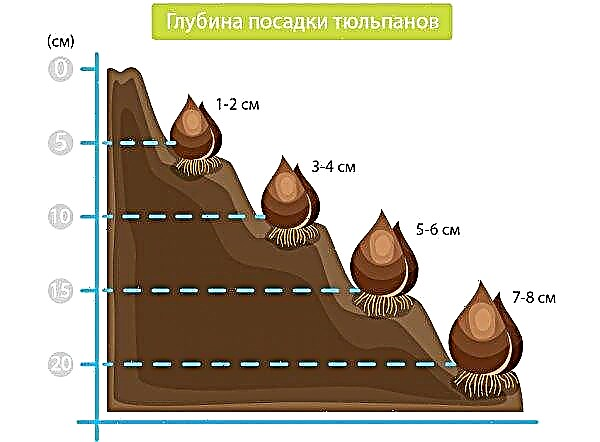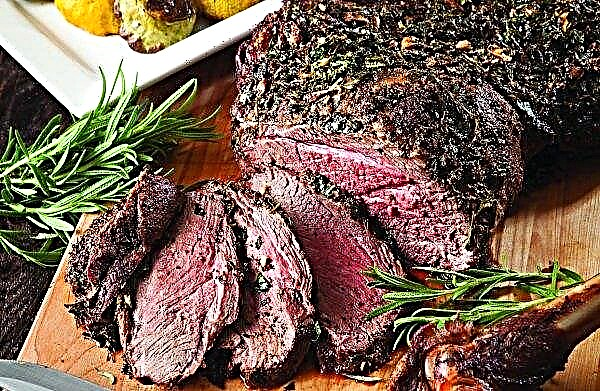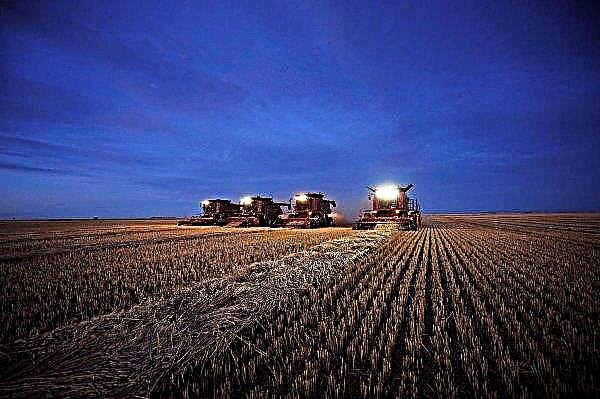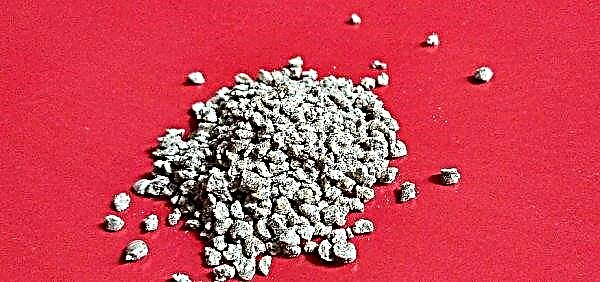The winter life of bees provides for the formation of a club that helps insects survive extreme conditions until spring warming. Below, we will consider the features and conditions of its formation, as well as possible problems.
Description and location of the bee club
Unlike other insects, bees do not freeze in winter. Thanks to the possibilities of his social life, a bee swarm gathers in a kind of ball, which is called a club.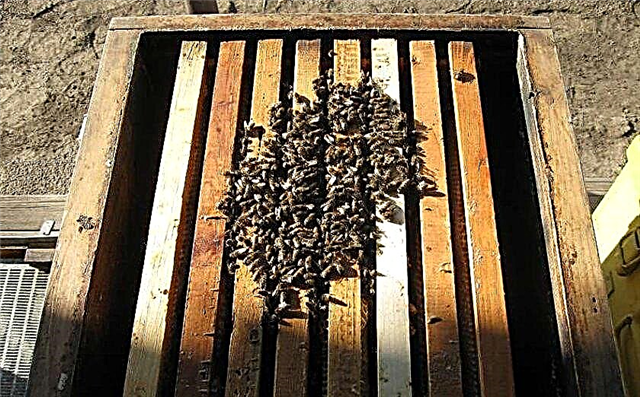
This formation has the following functions:
- providing the family with heat: thousands of insects combine the temperatures of their bodies, which helps maintain the required level of heat in cold weather;
- heating honey for nutrition, as bees cannot eat cold honey;
- preserving the life of the uterus and providing conditions for spring egg laying.
The club is formed by insects pressed tightly against each other. The density increases to the outer edge of the ball, forming a kind of crust. The head of one insect is located under the belly of another, which creates a surface similar to a tile. All winter, the bees are warmed up by slow movement inside the ball to the center and back. About 75% of insects are located inside, respectively, 25% are in the crust.
Did you know? Cold-blooded bees cannot fly at body temperature below +13°C, after +8°C the insect becomes numb and dies if the temperature drops below +2°C.
The club’s area of formation depends on the presence of insects in the warm season, while its upper edge will always include honeycombs.
Three main factors of influence:
- The place of the letka, which is most often located in the middle of the hive, which means that the club is formed on medium cells. If the letok is moved to the south wall, then the insects will gather closer to the south.
- The thermal center of the swarm, which is the street with the uterus.
- The presence or absence of an additional heat emitter. In single-wall hives, a heated wall in the south will attract bees from the fall.
Club formation features
The timing of the formation of the ball depends on the strength of the swarm and on average are as follows:
- at ambient temperature + 7 ° C strong families gather;
- already at + 10 ° C middle families are united;
- at + 13 ° C weak families gather in the club.
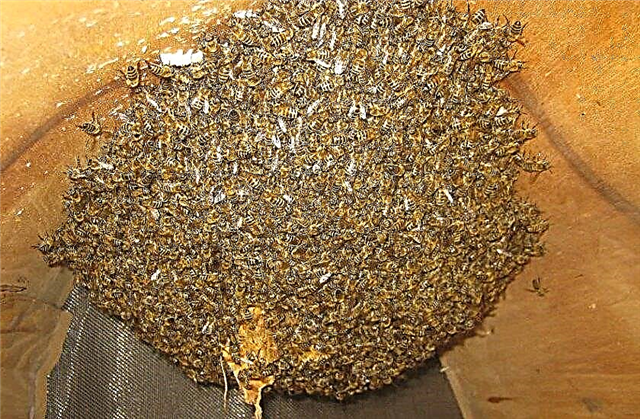
Preparing a family for wintering involves the following steps:
- placement of honey on the upper honeycombs for convenient use in winter;
- sealing gaps and reducing the tap hole, which improves the heat preservation inside;
- the cessation of flight and the expulsion of drones, which are deprived of food, and then pulled out of the hive.
Feeling a cooling on the periphery of the hive, insects from the outskirts move to the warm center, condense in the streets in the direction of travel and form a dense layer on the outer surface. In the first days, the union breaks up during the day, when the temperature in the street rises, and again gathers at night. When the winter weather sets, the club becomes permanent.
Club microclimate
Thanks to the special microclimate inside, the bee swarm can even wait out severe frosts.
Did you know? One bee family consists of 50 thousand bees (on average), and only 30% of them collect pollen.
Temperature
Heat generation inside the club is supported by all bees. Insects on the periphery themselves do not generate heat, but provide its maximum safety, responding to a decrease in temperature by a large interweaving of bodies. By shrinking, they reduce the heat-emitting surface and reduce heat loss. For example, when cooling by 5 degrees, the diameter of the ball decreases by 12%.
For several days, the bees in the upper layer can be without movement, then changing places with bees from the inner layers. Insects inside the ball move their wings and legs, move slowly and, thus, generate heat.
The temperature in the hive itself can drop quite low. At -24.5 ° C outside the air near the wall inside can be -2.5 ° C, and in the middle of the club the temperature is + 33 ° C. It follows that the insect outside the club is not viable.

From the center, the temperature is distributed as follows:
- gradually decreases in the upper direction;
- drops sharply down.
To mitigate sudden changes in temperature, honeycomb cells are better suited, which give off heat more slowly.
Heat in the ball is not constant. The active period alternates with the passive. The minimum temperature in the center of the family is considered to be + 14 ° C, when approaching this value, the bees increase the activity of movement and the temperature rises.
In the last month of winter, the temperature inside the family gradually rises. This is due to an increase in anxiety of insects, whose intestines are increasingly filled with feces. In late February, the club’s core warms up to +31 ... + 33 ° C, after which the uterus begins to lay eggs.
Important! Sharp temperature fluctuations are harmful to bee wintering. With a quick seal of the club, some insects do not have time to enter the ball and die.
Humidity
The bee club maintains the necessary humidity level in the hive on its own.
Keep in mind the following features of this process:
- adding holes to the hive does not affect the possible occurrence of dampness, they can only accelerate its evaporation;
- no holes with grating or porous walls of the hive;
- the coldest place of the hive should be near the entrance;
- the clearance of the let should not delay ventilation;
- dampness occurs in warm and humid weather, and decreases in severe frosts;
- if the whole hive is warmer than the outside air, dampness will not occur;
- after the brood appears, the humidity in the hive rises, and from this period the temperature should not fall below + 15 ° C.
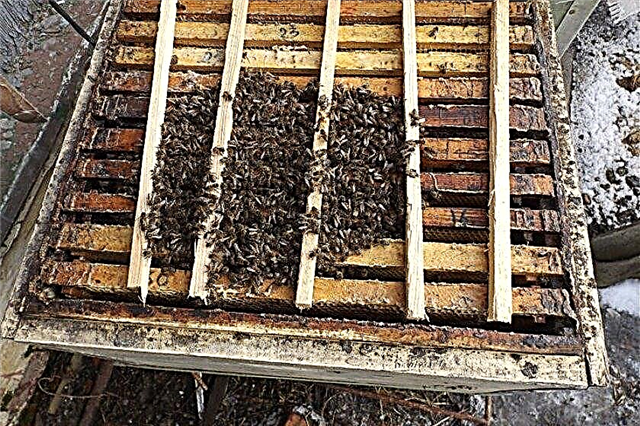
Unwanted dampness can occur due to cooling of warm air in the hive and the release of water vapor in the form of frost or dew. A sufficient temperature maintained in the hive will ensure the gradual removal of water vapor with air during natural ventilation.
Carbon dioxide and gas mode of the club
The air exchange inside the club is regulated by the bees themselves. Warm air rises, and cool air replaces it from below.
The ventilation is adjusted as follows:
- forming a friable fragment in the club’s crust near the entrance, the bees receive ventilation “openings” to enhance ventilation;
- compacting the crust, insects slow down ventilation.
Did you know? Bees lift the load more than their body weight and can fly with it at speeds up to 65 km / h.
The vertical movement of air is accompanied by its saturation with carbon dioxide and water vapor, which then leave the club. The optimal location is the club on the bottom of the honeycomb, which allows you to get enough free space in the upper part.
Bee wintering can be successful even with extremely poor ventilation, when most of the cracks are smeared with propolis.
- The advantages of this mode are as follows:
- a greater amount of carbon dioxide, which inhibits the function of insects and reduces their metabolism;
- better heat preservation, and, consequently, a reduction in the costs of bees on its production;
- feed saving.
Club movement
Moving the club is caused by a lack of honey at the original location. For a quiet wintering, it is necessary to provide at least 2 kg of honey in each frame of the hive, then the club will not move. If there is not enough food, the club will start moving towards honey at the back wall. This direction of movement, like the upper one, is quite painless.
If the family has to look for food in the neighboring framework, the transition will require significant energy expenditures, which are possible only at elevated outdoor temperatures. If the thermometer is below 0 ° C, the club will not be able to move and die before it reaches honey.
Video: How the bees move in the club
Bee Feeding and Feeding
All winter, bees eat honey, which is heated by the top of the club. Some cells print out insects, and honey liquefies by drawing moisture from the air.
The consumption of honey during the winter is approximately as follows:
- the first months consume about 20–25 g per day, reaching 600–750 g per month;
- at the end of winter, up to 1.2 kg can go per month;
- after the appearance of brood, the consumption increases by 2 times.
Strong families consume less honey per bee than weak ones. Consumption is also associated with external conditions:
- in conditions of too low temperatures, bees eat 2-3 kg more than at 0 ° C;
- the lowest honey consumption is observed at a temperature of 0 ... + 3 ° C.
The basic principles for choosing honey for wintering are as follows:
- the best choice is spring floral honey, light varieties or buckwheat;
- honey should not be sour or crystallized;
- excess pollen can cause intestinal upsets in bees.
If the beekeeper finds a lack of food, you can feed the bees with sugar-honey dough - candi.Important! Dark or reddish honey mixed with a paddy is not suitable for wintering!
Top dressing is prepared as follows:
- For 1 part of honey, you should take 4 parts of powdered sugar.
- It is necessary to sift the powder well, and melt the honey in a water bath.
- A mixture of powder and honey should be mixed well until a uniform consistency of the dough. You can add some water.
- Form cakes of 1-1.5 kg per 1 hive, which are wrapped in clean paper or cheesecloth.
- The cake must be placed on a wire rack, open the top of the hive and carefully put the candie.
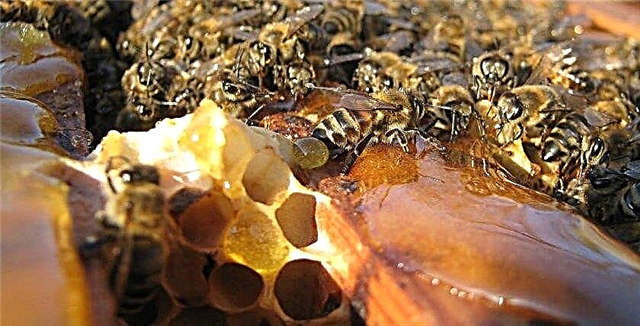
Brood
The average time for the brood to appear is the end of February or the beginning of March, that is, 1.5–2 months before the spring departure. Earlier dates are harmful to the bee family. On the first day, the uterus lays 20-30 eggs, after which the club goes into an active state and the short, but most difficult period of brood rearing begins. The total number of eggs will depend on how much the family can feed in the current environment.
The process of forming a larva in an egg takes 3 days. Then the egg shell bursts and fluid from it flows to the bottom of the cell. The born larva is 1–1.5 mm long. Bees feed the larvae with bee milk, and on the fourth day they already add honey and bee bread. For 6 days, the larva increases in weight by 1,500 times, straightens its head to the top of the cell, and the bees seal it with a cap of bee bread and wax, stopping feeding.
The appearance of brood leads to a decrease in carbon dioxide, an increase in the movement of bees, and an increase in metabolism.Possible wintering problems for the club
Wintering of the bee family is often accompanied by the death of both a certain number of bees and entire families.
The most common problems include the following situations:
- If the bees are in the autumn above the frames, under the ceiling, they will be divided into separate streets and may die. This can happen because of the cold nest, when the upper part remains the warmest, where the bees will aim.
- Any extraneous noises and movements in the winter lead to a premature excited state of the bees, the consequences of which can be critical for family health.
- Irrational arrangement of honeycombs with honey can lead to starvation and subsequent division of the club, and, consequently, to the risk of its death.

The physiological features of the bee can also lead to problems. All winter, bees accumulate indigestible honey residues in the hind gut (approximately 1.8%). Stretched, the intestine holds up to 40 mg of feces. With proper nutrition and environmental conditions, the load of the insect does not reach a critical level, and the release from waste occurs during the first departures in the spring. If the critical mass is reached in the middle of winter, the bee will become restless and may break away from the club and then die. Bee diarrhea in winter is likely to cause the death of all families.
The formation of the club and the conditions created inside it are the key to the health of bees. Knowing the principles of its functioning, the beekeeper will be able to provide the best wintering conditions and save the bee family from autumn to spring.




